5452 people reached on Lassi with Lavina FB page – 54 Likes and 310 post clicks – Facebook Insights
Neelam Katara, Pranay Gupte, Mohan Sumbaly, Parul Bhatnagar and 9 others like it on Lassi with Lavina FB page
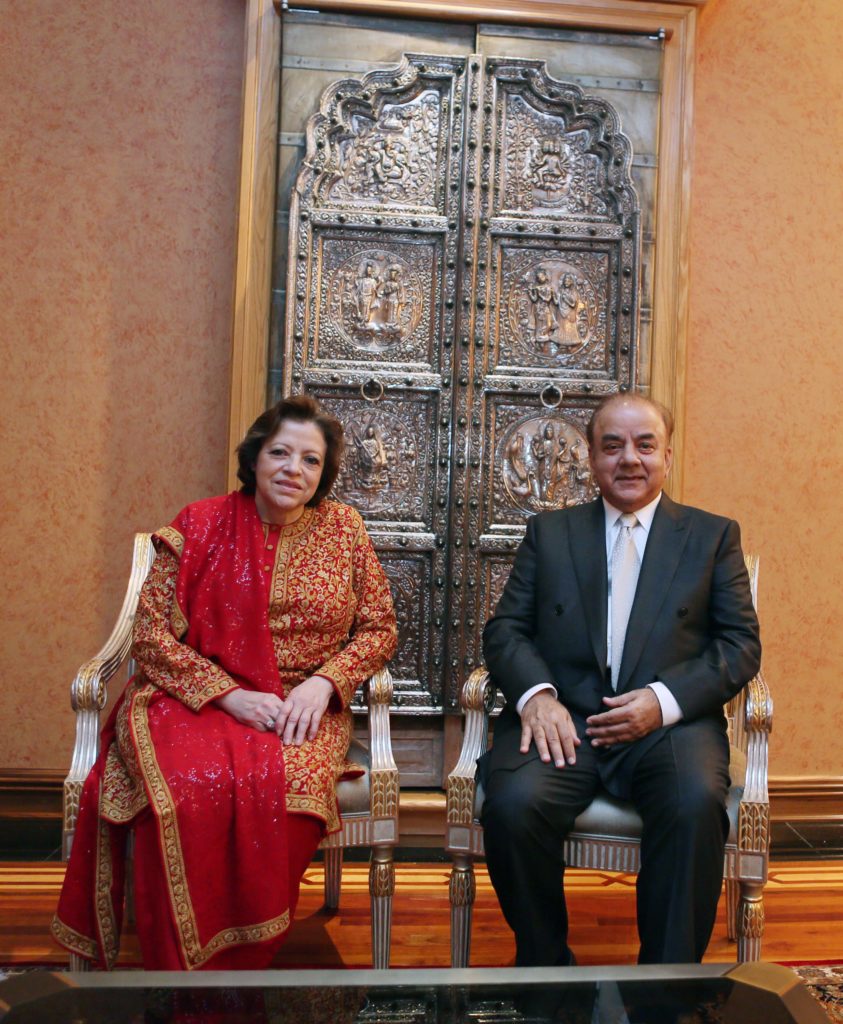
For Indo-American Arts Council – A Renaissance Man
From Kashmir with Love: Dr. Nirmal Mattoo
[dropcap]D[/dropcap]r. Nirmal Mattoo may be far away from the Vale of Kashmir, the place where he was born, but its sheer beauty, sense of community and native customs have stayed with him, even in far-off New York. He was born in Srinagar where his father, a Kashmiri pandit, had just finished his Masters when there was a Pakistani raid in 1948 and the family migrated to Delhi. His father became a chemistry professor in Delhi University’s Kirori Mal College, and life played out in the capital with just short visits to their lost, beloved hometown.
“I was just three years old when we left but my upbringing was predominantly Kashmiri,” recalls Mattoo, who is a noted nephrologist in New York. “We spent three months in Srinagar every year in the family house with our large extended family of many uncles, aunts, cousins. There were lots of festivals, marriages and celebrations.” Indeed, festivals like Herath (Shivratri) and Zarmae-Satam (Janamashtmi) were just some of the religious days celebrated in a big way.
Over the years the Kashmiri pandits had to flee the valley and that beautiful time has receded into memory. Mattoo has never gone back into that changed, strife-torn Kashmir. “It was a very traumatic time,” he says. “Even till this day that never goes away, the feeling that you get when you cannot visit your home where you were born and raised is horrible – I think of it, and I feel very upset.”
He has gone back to India many times but the beautiful valley is out of bounds and hard to access. He carries with him a deep sense of loss for the city of his birth but his sadness is converted to joy by emphasizing the positive and keeping alive the arts of Kashmir and India.
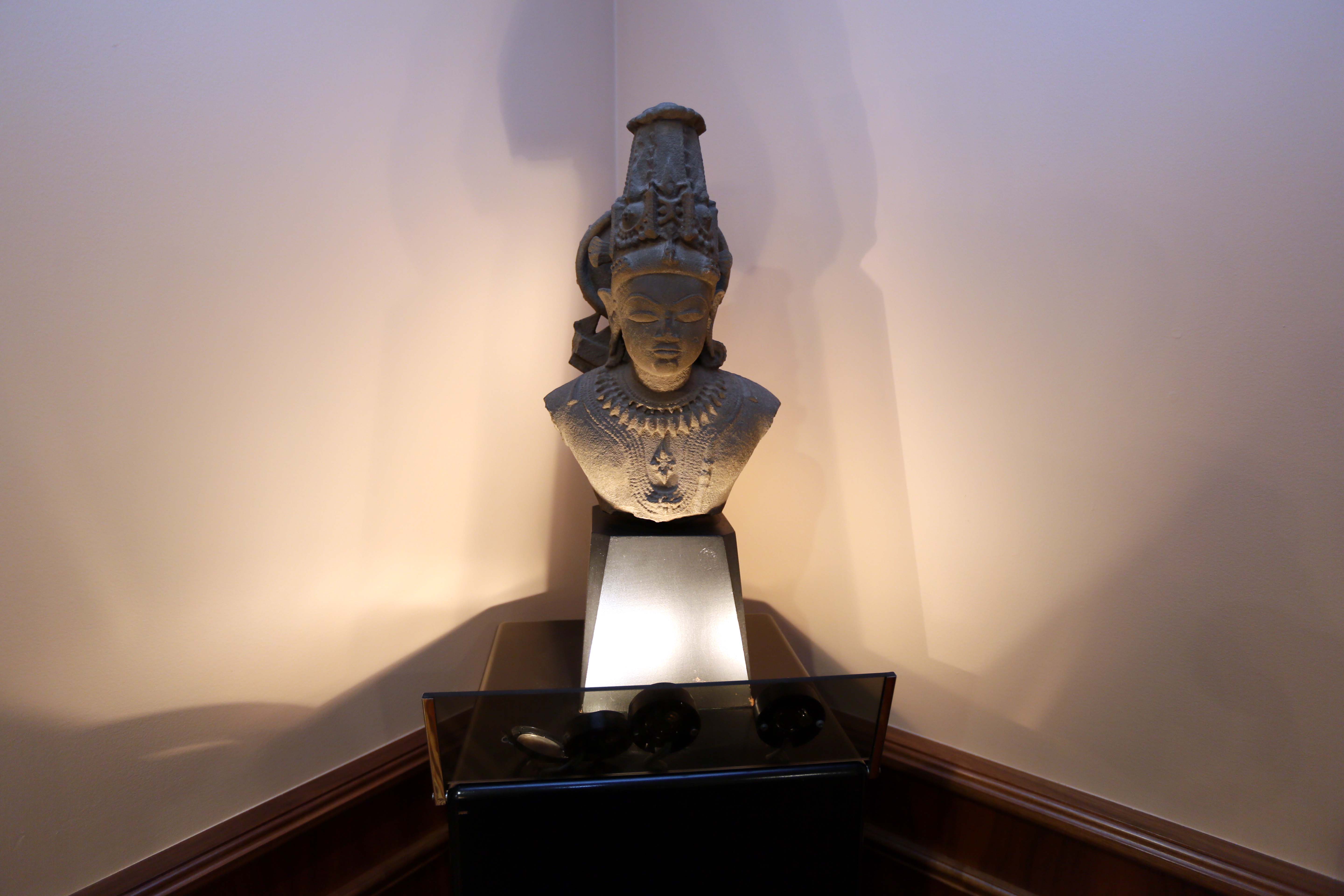
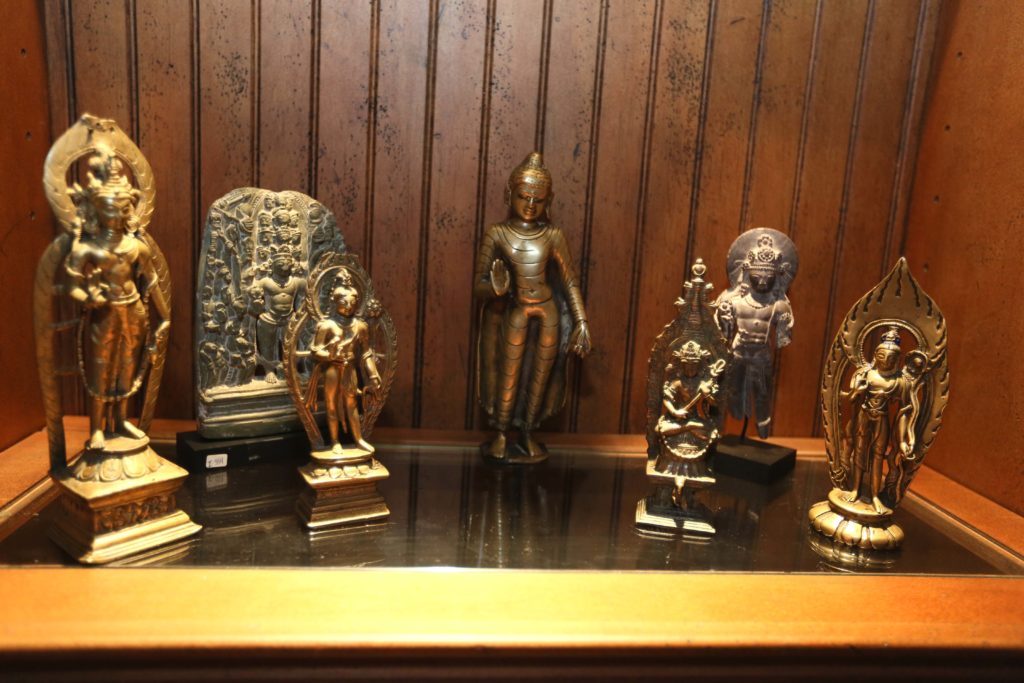
[dropcap] I[/dropcap]ndeed, there’s only one life to live – and so much to pack into it! Mattoo, 68, proves that it’s possible to be true to one’s career and yet do so much more in the world. He did his premedical studies at Hansraj College and then went to Maulana Azad Medical School. He was only 15 when he entered medical school and actually also toyed with the idea of entering politics. His father, however, suggested he complete his medical training and look around the world. So he went to the US to do his residency in Long Island Jewish Hospital and his fellowship in Elmhurst Hospital in New York.
“I came for three years – but stayed on forever!” he laughs. His father had got ill at a young age and was placed on dialysis so Mattoo brought him over to the US and personally treated him at home. “Many people say you were meant to be a kidney specialist so you could treat your father!” he recalls. Not only his parents but his brother Vijay, who is an oncologist, uncles and cousins joined him here and many of them are today in the medical profession. Even his son Aditya is a nephrologist, and Vijay and Meenakshi’s daughter Aparajita, is a nephrology fellow.
[dropcap]W[/dropcap]hen Mattoo was just 24 he married Augustina, also known as Tina, who is from Puerto Rico but is almost an honorary Kashmiri. She had a close relationship with his parents and is the daughter-in-law who became a daughter. Augustina has learned the Kashmiri language, rituals and customs, and cooks the typical Kashmiri fare . She cooks Rogan Josh, Gushtaba, Yakni and other Kashmiri dishes like a native, and is now very much the matriarch of their extended family.
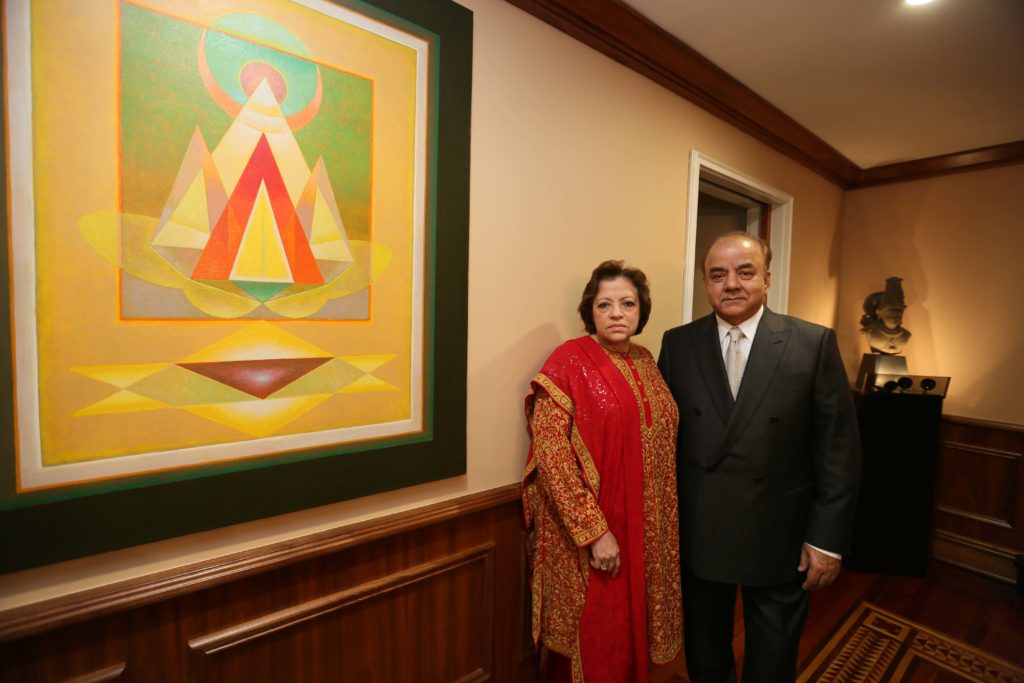
Mattoo is a founding partner of Mattoo and Bhat Medical Associates, PC, one of the noted nephrology practices in New York. He is also co-founder and owner of Atlantic Dialysis Management services, the largest private dialysis provider in New York State. Earlier he was also CEO of Wyckoff-Heights Medical Center and co-chairman of Chief Medical Officers’ Council of the Columbia Presbyterian system. Now, busy with his many centers he doesn’t see patients any more but supervises the many clinics. At the dialysis centers there are about 70 physicians and by end 2014 plans are to have 135 nephrologists. He also intends to take his state-of-the-art dialysis centers to India.
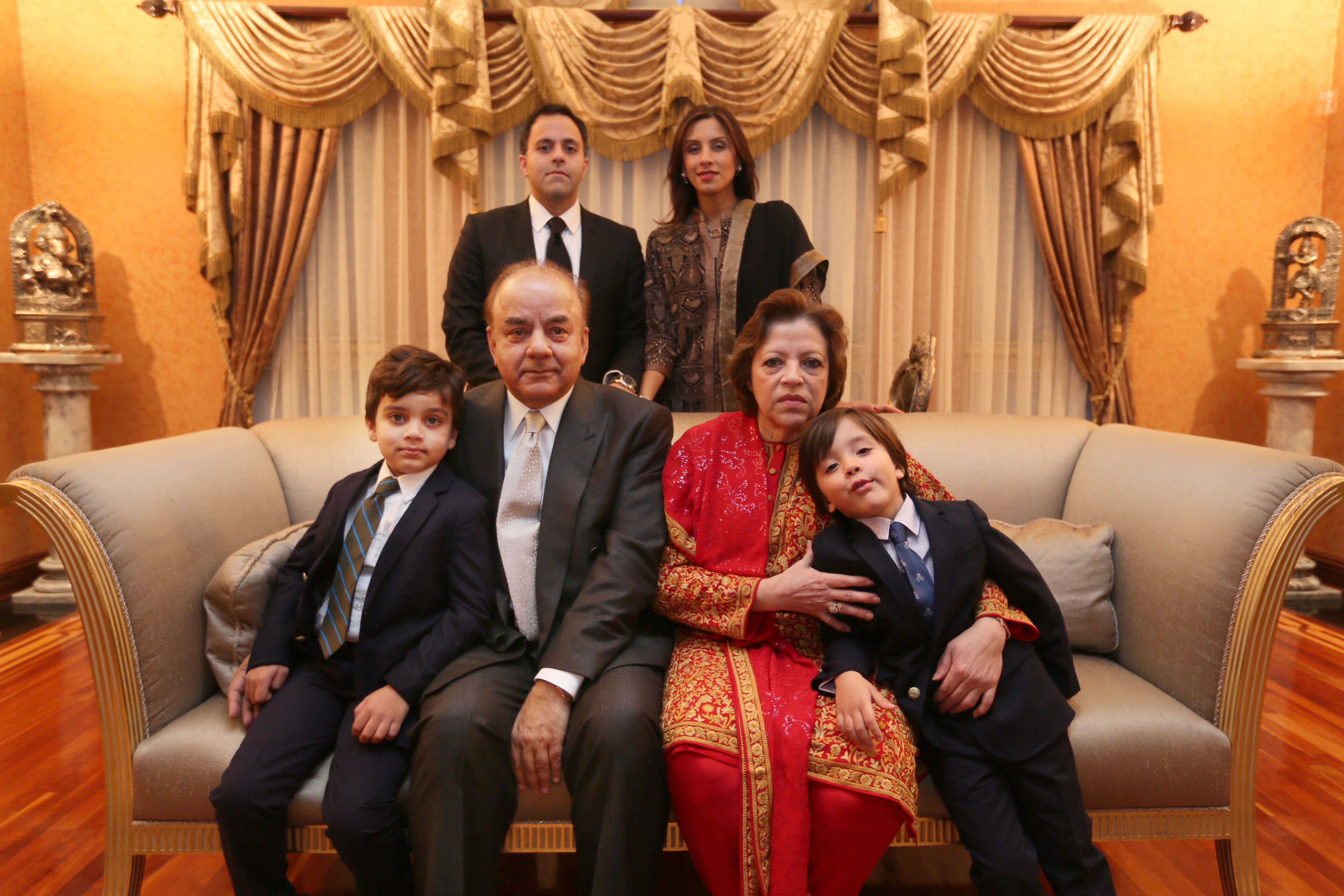
[dropcap]T[/dropcap]he Mattoos live in a beautiful art-laden house in Long Island, and his son Aditya and his wife Preeti have given them three adorable little grandsons – Surya, Devan and Dhruv. Since most of the family members have the title of doctor attached to their names, what does he hope for these young grandsons? Mattoo says: ” I just want them to be educated and good people, and more important than that, be healthy and live a long life!”
While Mattoo’s heart is in Kashmir, he also feels a great love for his larger homeland of India which he left 45 years ago, and has a passion to promote Indian art and culture in America. He has been doing this for four decades and has served as Chairman of the board of trustees of the Association of Indians in America (AIA) , the very first national Indian organization in the US.
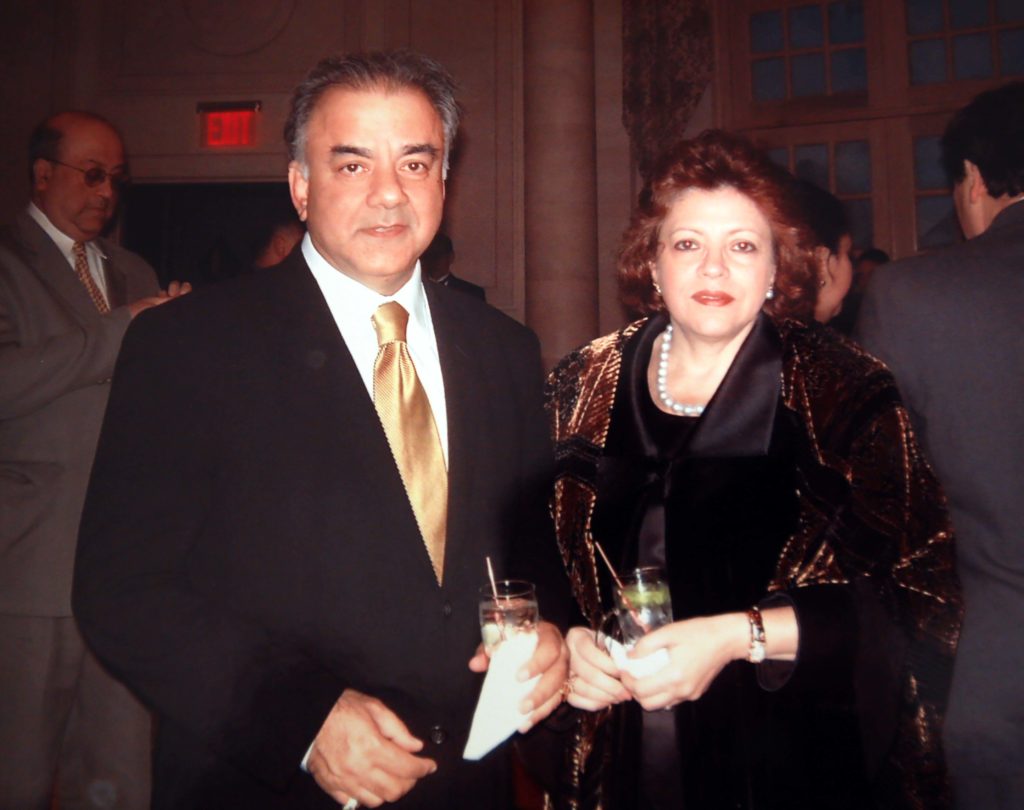
[dropcap]H[/dropcap]e co-edited the reference volume ‘Ananya: A Portrait of India’ along with Professor Shikaripur N.Sridhar, SUNY Distinguished Service Professor and professor of Linguistics and India Studies. He also got involved in the creation of an India Center at Stony Brook University in 1995 along with Sridhar and his wife Professor Kamal Sridhar, who were the catalysts, and with other leading members of the community.
A philanthropist, Mattoo donated a whopping $1.25 million to the India Center in 2013. He recalls, “It was pure serendipity. I had wanted to do something in my parents’ memory back home – then I said why not do it here – my family is here, children and grandchildren are here and education is a good cause.”
The Indian community raised a further $1.25 million and the entire sum was coupled with a matching grant of $2.5 million from the Simons Foundation and has a total impact of $5 million. The India Center has now been renamed as Bishembarnath Mattoo and Sheela Mattoo Center for India Studies, in honor of his parents. In turn, in recognition of his dedication to the India Center, the university has named the Indic Chair The Nirmal and Augustina Endowed Chair in Indic Humanities.
“An endowed Chair is the most prestigious prize that a university can offer a distinguished faculty member,” says Sridhar, who is the Director of the India Center. ” This has enabled Stony Brook to appoint a world-class scholar in any of the fields to which India has made seminal and influential contributions, ranging from ethics to aesthetics, linguistics to literary theory, philosophy to political science.”
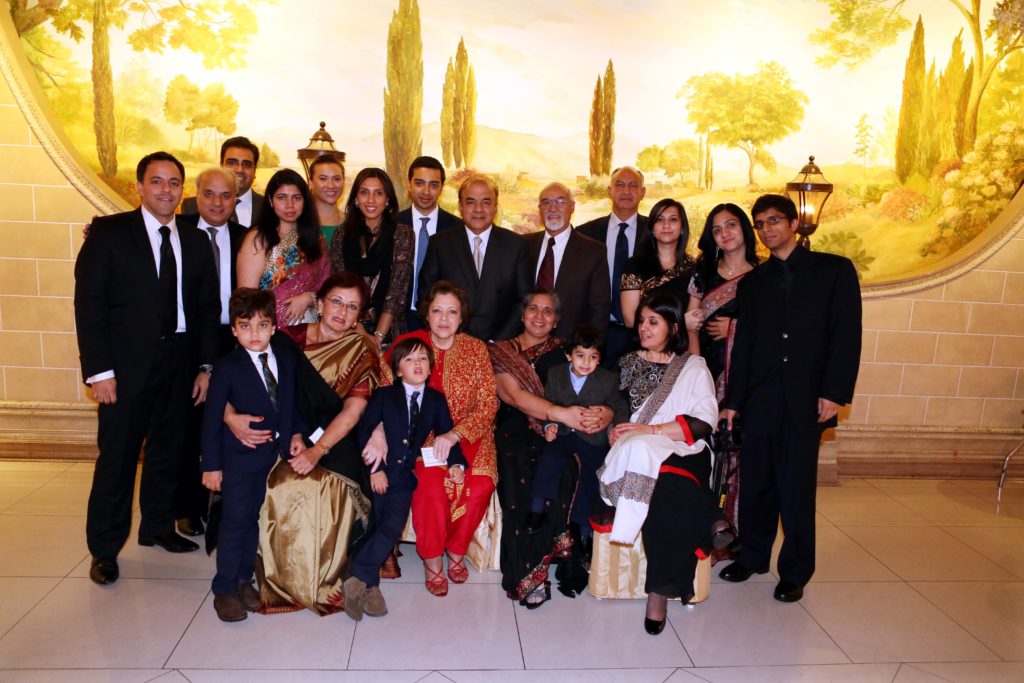
[dropcap]T[/dropcap]his gives immense pleasure to Mattoo who has imbued the aesthetics, the culture and philosophy of Kashmir growing up and wants to share that spirit of tolerance and spirit of knowledge with others. Even in his home, there are many reminders of the past through antiquities. In the living room two old silver temple doors from 1774 are intricately carved with Hindu Gods – Ganesha, Lakshmi and Hanuman. A few feet away are beautiful sculptures of Shiva, Surya and Buddha from the Kushan, Gandhara and Chola periods.
Then there are the noted Kashmir bronzes of the 5th, 6th and 7th centuries and as we walk around Mattoo gives almost a mini lesson on the wonderful eclectic Kashmir of yore which was the home of Hinduism as well as Buddhism. He points out that Ashoka the Great founded Srinagar and the very first and last grand conference of Buddhism was held there; at one time a Chinese king called 5000 Kashmiri scholars to China to translate the Buddhist scripts into Chinese. Kashmir was full of viharas, of buried Buddhist tablets. Mathura, Sarnath as well as Kashmir were centers of Saivism and Buddhism, he says, as he holds up an intricate papier-mache jar with Hindu iconology.
Amongst contemporary Indian artists, he favors Ghulam Rasool Santosh, Raza and Biren De, and says, “Tantrik art will be the greatest contribution because it is Indian to the core.” Surrounded by all this beauty, Mattoo could well be in India.
Now in 2018, Mattoo has extended his support to the 20 year old Indo-American Arts Council, a bastion of dance, theater, art, literary and film festivals and as Chairman of IAAC he will help nurture the organization founded by Aroon Shivdasani. With financial support, the arts can be strengthened and rejuvenated. This latest venture can truly promote the South Asian arts scene in New York.
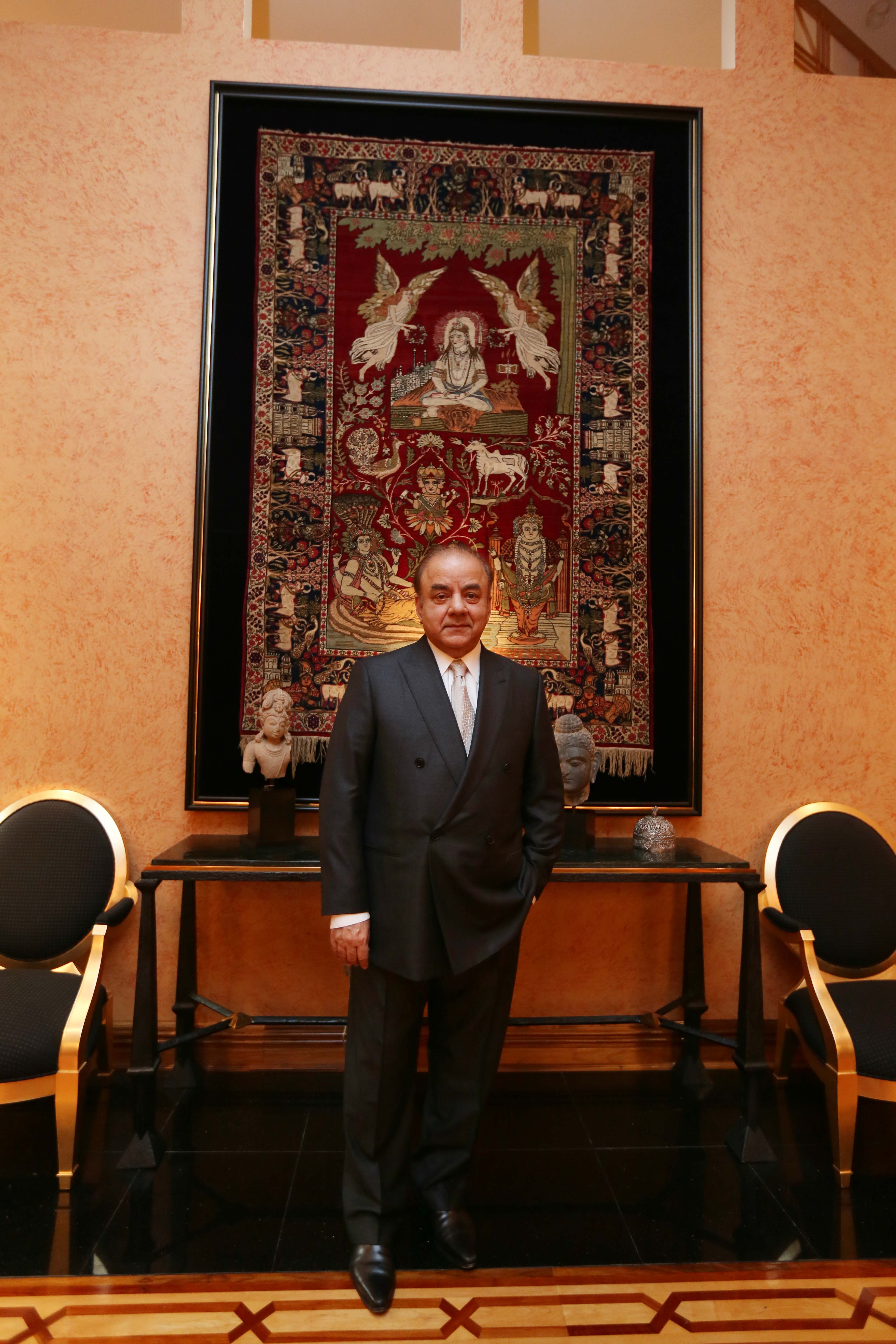
[dropcap]D[/dropcap]oes Mattoo have a philosophy of life which keeps him going through good days and bad, through having lost one hometown and finding another? He says, “I have been very lucky in my life – a lot of things which have happened to me have not been by design. I’ve been blessed by being in the right place at the right time. I had the right parents and the right grandparents and that’s an advantage I had from the beginning.”
He adds, “You have to take responsibility for what you do. I don’t usually get panicky – that’s not part of my makeup – I don’t feel, ‘Why me?’ If something bad has happened, there must be a reason for it. There’s the law of karma and there’s the law of dharma, so you deal with it.”
As we talk, I look at the antique tapestry rug woven in Kashmir, displayed on the wall behind him: The Hindu Gods Shiva, Brahma and Vishnu are there with two Christian angels hovering above them – and on one side there is a mosque with minarets. It is a very old carpet from Suffering Moses, a famous carpet shop in Srinagar, whose treasures are in the Albert Museum and also in the Queen’s collection. Says Mattoo, ” All the different religions are portrayed side by side – this is the only carpet I’ve seen which shows this.”
Indeed, there is a beauty in this intricate imagery of all faiths in an embrace and that is the vision of a united, enriched India that Dr. Nirmal Mattoo wants to emphasize and strengthen in all that he does.
